What Are the Benefits of RFID?
548Explore the top benefits of RFID technology, including automation, cost savings, and real-time tracking. Learn how Cykeo’s RFID solutions drive efficiency across industries.
MoreAll RFID Product
If you’ve ever wondered how stores, libraries, or warehouses keep track of items without scanning barcodes one by one, passive RFID tags are often the secret behind it. They may look like tiny stickers or small cards, but they pack a clever trick: they work without a battery.
A passive RFID tag is basically a small chip attached to an antenna. Unlike active RFID tags, it doesn’t have its own power source. Instead, it “borrows” energy from an RFID reader nearby to function. This makes it super cheap, long-lasting, and maintenance-free—perfect for libraries, warehouses, and retail.
Here’s the simple version:
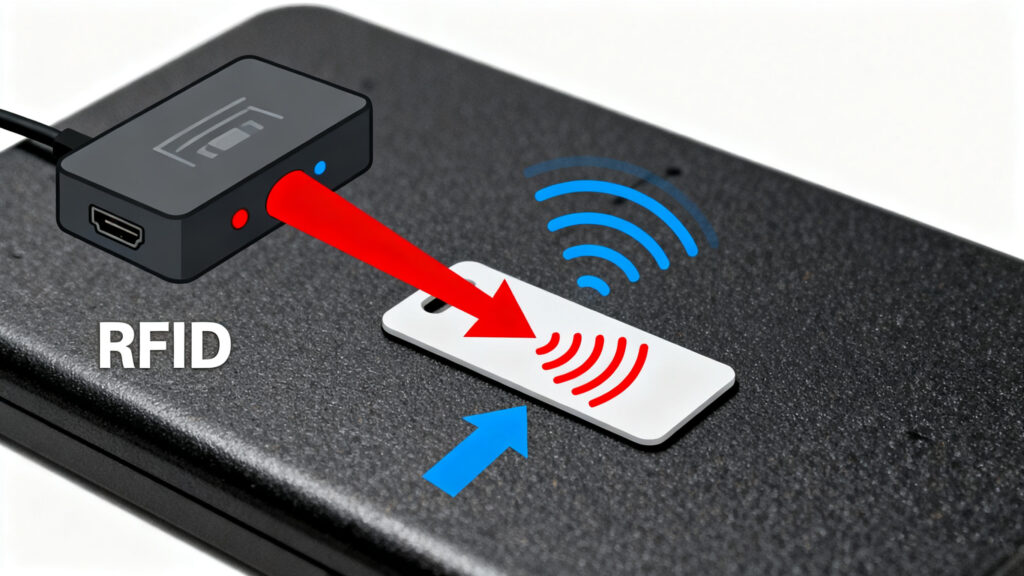
So, the tag works entirely off the energy from the reader—no batteries required.
Passive RFID tags are popular because they make tracking items fast and efficient:
So, next time you borrow a book from a library or notice a store tracking items without scanning barcodes, you’re probably seeing passive RFID tags in action. They are small, clever, and surprisingly efficient: they capture energy from a reader, send back information, and make item tracking simple and quick.
Simply put: passive RFID tags work by using the reader’s energy to power themselves and communicate wirelessly—no battery needed.
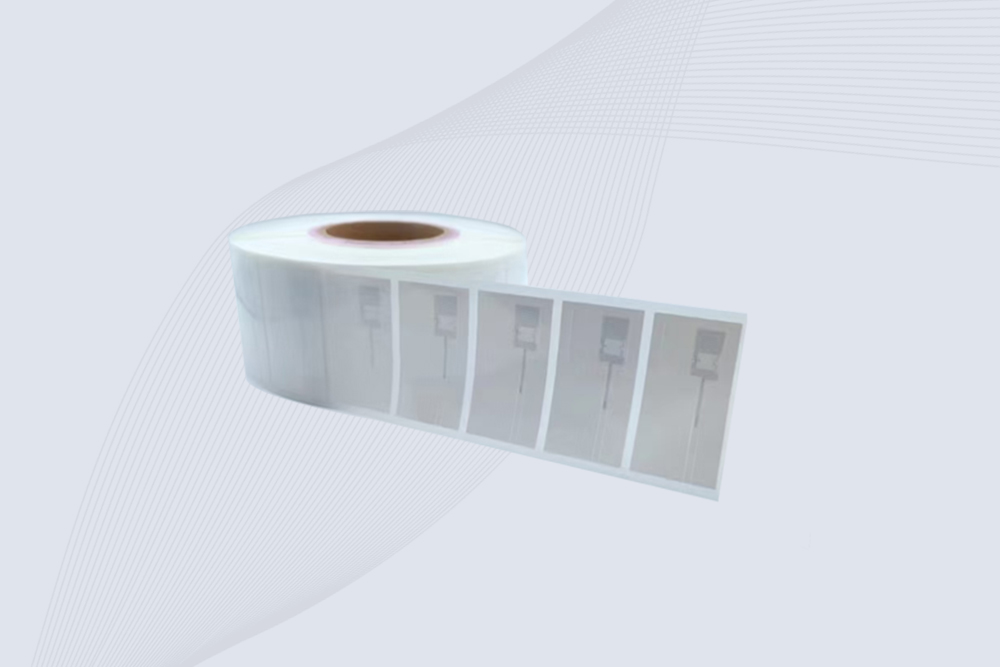
Cykeo CK-BQ6826 Jewelry uhf rfid tag features NXP UCODE 9, 8m read range on metal, and anti-counterfeit security for luxury assets.

Cykeo CK-BQ8554HF HF rfid cards feature FM1108 chip, 100K write cycles, and customizable printing for access control systems.

Cykeo CK-BQ8554UHF uhf rfid card features U9 chip, 100K write cycles, and CR80 size for access control/inventory management.
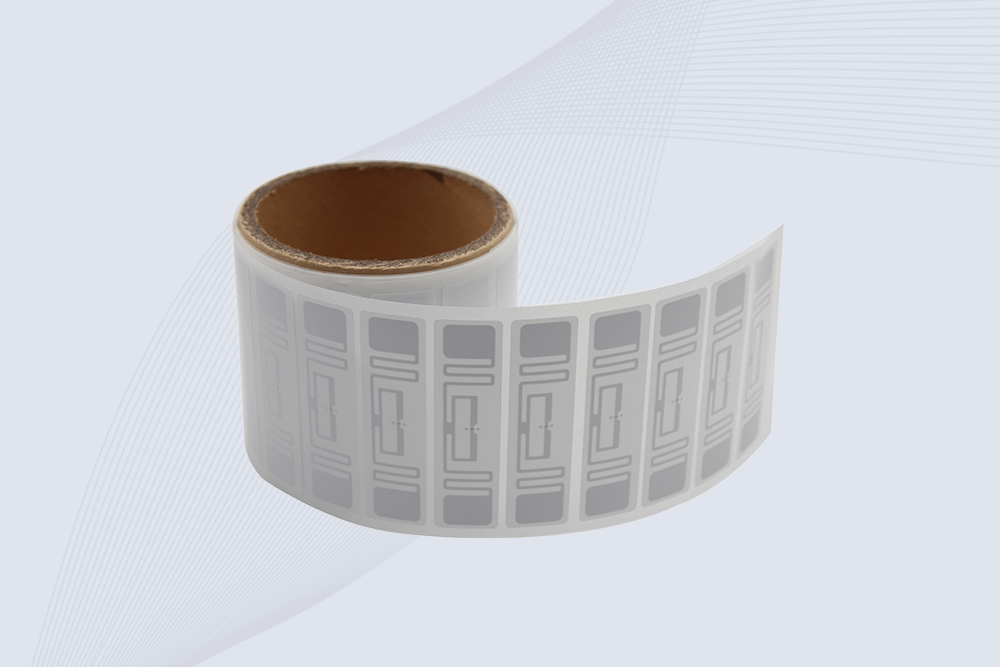
Cykeo CK-BQ7320 UHF RFID asset tag features aluminum-etched antenna, 10-year data retention, and -40°C to +85°C operation for industrial tracking. ISO/IEC 18000-6C compliant with 128-bit EPC memory.

Cykeo CK-BQ8828 industrial RFID cable tie tag features 8m read range on metal, 100K write cycles, ISO 18000-6C compliance. Ideal for machinery tracking and harsh environments.
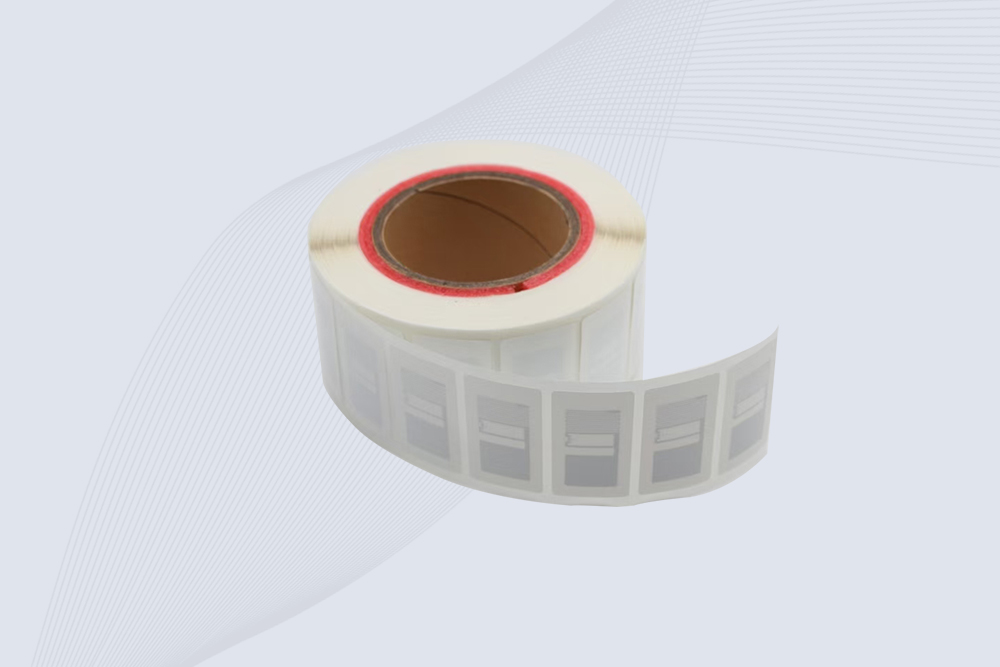
Cykeo’s RFID tags in hospitals enable sterile surgical tracking with 121°C autoclave resistance, ISO 13485 compliance, and 5m read range. Ideal for ORs, pharmacies & implant management.
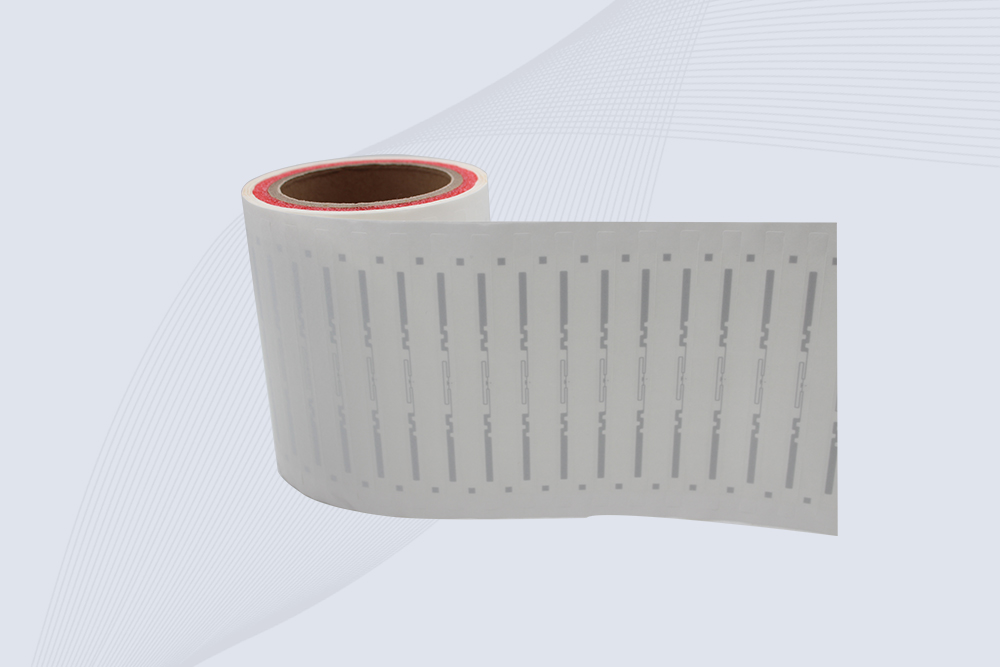
Cykeo’s CK-BQ12507 UHF RFID Book tag features 8m read range on metal surfaces, ISO 18000-6C compliance, and 10-year durability for library/document management. Supports 500+ tags/sec scanning with UCODE 9 chip.
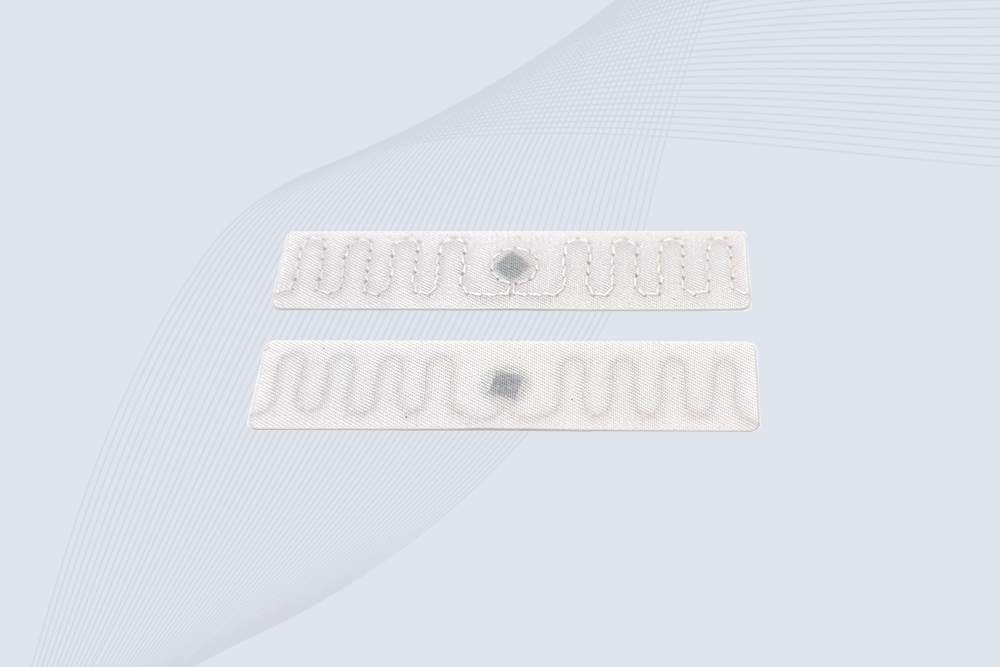
Cykeo CK-BQ7015 industrial RFID laundry tag offers 10-year data retention, 180°C heat resistance, ISO 18000-6C compliance for hospital/hotel/textile asset management. Supports 100k rewrites and custom frequencies.
Explore the top benefits of RFID technology, including automation, cost savings, and real-time tracking. Learn how Cykeo’s RFID solutions drive efficiency across industries.
MoreLearn how a passive radio-frequency identification (RFID) system works, including components, communication, and applications. Discover Cykeo’s industrial RFID solutions.
MoreExplore how mobile RFID equipment carts enhance efficiency in healthcare, industrial, and warehouse settings. Learn about automation in asset management, real-world case studies, selection advice, and practical user experience.
MoreStruggling to pick the right RFID reader? Learn key factors like frequency, range, and integration to optimize your business operations. Expert insights from Cykeo.
More